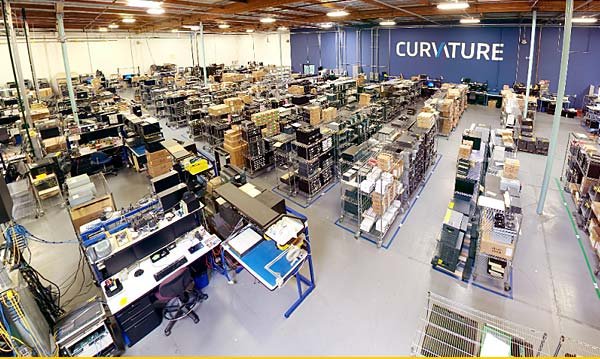Gartner Research has begun to coin the phrase – Bi-Modal IT.
The basic premise of bimodal IT is that, up until now, IT organizations have been very steady, stable and methodical organizations when it came to implementing change. Today, a portion of IT can still operate at this slow, systematic pace—but in order to drive innovation, the other portion of IT must be capable of changing rapidly. For the organization as a whole to operate efficiently, IT leaders must divide their IT departments into two separate “modes”.
Some might say that IT organizations have resisted change; however, I am not sure that this is the correct way to phrase it—I believe it’s more of a “proceed with caution” situation. IT departments tend to execute very deliberate change management processes ensuring highly orchestrated implementations. These practices result in what appear to be, and actually are, very slow deployment “change” cycles.
Gartner suggests that there is still a need for this type of IT activity within many of the functions of the enterprise. However, at the same time the rate of change within most business practices requires other functions to operate at a speed of change that traditional IT models cannot support or keep up with. Gartner refers to this scenario as the “digital rate of change.” These disparate functions and requirements are requiring companies to actually split their IT functions into two groups within the same organization: Bi Modal (or Mode 1 and Mode 2).
Mode 1 is chartered with providing stability, availability and resiliency to the functions within the organization that traditionally change at a slower rate (think accounts receivable, accounts payable and traditional billing functions).
Mode 2 is characterized by rapidly changing innovations in IT. This would include supporting functions for Big Data applications or Mobile applications.
Both “modes” are strategically important to the organization, and it’s vital to keep them up and running. However, one runs at the speed of a steady marathon runner while the other is required to run at the speed of a 100m sprinter.
The other factor differentiating Mode 1 from 2 is risk.
Mode 2 requires an organization to accept a certain amount of “Digital risk” where Mode 1 applications could never tolerate any amount of risk. Most enterprises have found that IT organizations can’t operate all systems at both modes. This requires companies to create what Gartner refers to as “digital startups” within the organization. In some cases, it actually means putting IT functions directly into the operating business functions—like marketing and sales.
The challenge? At the end of the day the systems and tools from both “Modes” have to work together seamlessly.
The ramifications for vendors? Both Modes will require different buying patterns and different system requirements. Vendors will need to learn to adapt to these buying behaviors and assess how to engage and offer the appropriate solutions to the leaders of both modes.
———-
If you enjoyed this blog post, you will also like:
http://www.curvature.com/why-business-led-cios-are-better-weathering-global-slowdown



